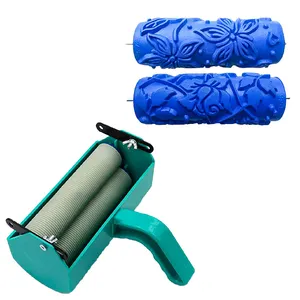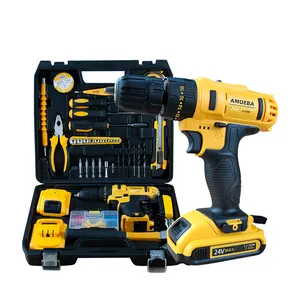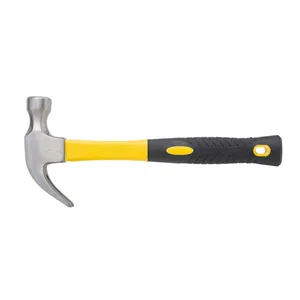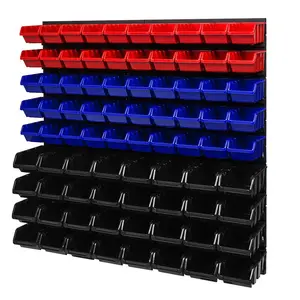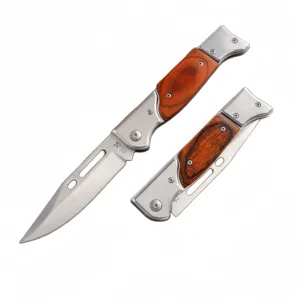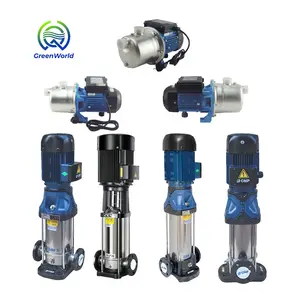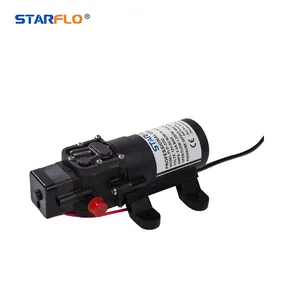Popular in your industry











































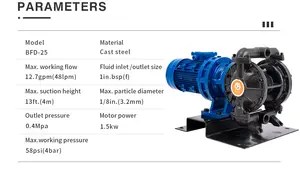







Related Searches:

































































































































Top categories
About small diaphragm pumps
A small diaphragm pump is a compact and versatile device designed to move gases, vapors, or liquids through a diaphragm's action. These pumps are essential in various industries, offering precise performance in a compact form. The mini diaphragm pump and its variants, including the mini diaphragm vacuum pump, miniature diaphragm air pump, and mini diaphragm water pump, cater to specific needs within different applications, from medical devices to environmental systems.
Types and Characteristics of Small Diaphragm Pumps
Within the category of small diaphragm pumps, there are several types, each with unique characteristics. The mini diaphragm air pump is designed for applications requiring air displacement, such as in medical respirators or pneumatic control systems. The small electric diaphragm pump is favored for its electrical operation, providing a consistent flow rate and being easily controlled. For applications requiring portability, the 12vdc mini diaphragm air pump is ideal, often used in automotive and mobile applications due to its compact size and direct current operation. The small air operated diaphragm pump is known for its use in hazardous environments, as it does not require electricity and can pump flammable or explosive fluids safely.
Structure and Operational Components of Small Diaphragm Pumps
The small diaphragm pump is composed of several key components: the diaphragm, inlet and outlet valves, a driving mechanism, and a pump chamber. The diaphragm acts as a separation membrane between the fluid and the driving mechanism, ensuring no cross-contamination. The inlet and outlet valves are designed to ensure unidirectional flow. The driving mechanism, which can be a simple lever or an intricate motor system, facilitates the diaphragm's movement. In the case of a small electric diaphragm pump, an electric motor activates the diaphragm's reciprocating motion, while in a small air operated diaphragm pump, compressed air is used to drive the diaphragm.
Materials and Properties in Small Diaphragm Pumps
The choice of materials in the construction of small diaphragm pumps is critical. Stainless steel is widely used for its strength and resistance to corrosion, making it ideal for pumps handling aggressive chemicals. Cast iron offers durability and cost-effectiveness for less corrosive applications. The diaphragms themselves are often made from elastomers like Teflon for chemical resistance or rubber for flexibility. These materials are chosen for their properties that match the specific demands of the application, ensuring longevity and reliability of the pump.
Business Usages and Applications of Small Diaphragm Pumps
Small diaphragm pumps are integral to various business operations. In the agricultural sector, they are used for precise irrigation systems. In residential settings, they serve in water filtration systems. Industrial applications include chemical processing, where the pumps handle corrosive or hazardous fluids. The small line diaphragm pumps are particularly useful in confined spaces within industrial machines. These pumps create business value by improving operational efficiency, ensuring safety in handling dangerous substances, and providing precise fluid control in sensitive applications.
Functions and Tasks Performed by Small Diaphragm Pumps
The primary function of a small diaphragm pump is to transfer fluids with high precision and safety. They are designed to perform tasks such as dosing, sampling, and evacuating air or fluids. The mini diaphragm vacuum pump is specifically designed to create a vacuum for applications like vacuum filtration or medical suction devices. The versatility in function allows these pumps to be tailored to a wide range of industry needs.
Features and Unique Selling Points
Small diaphragm pumps boast features such as high efficiency, low noise operation, and the ability to handle a variety of fluids, including aggressive chemicals. The small line double diaphragm pump offers the unique selling point of dual diaphragms for redundancy and increased flow capacity, setting it apart from single diaphragm models. Energy-saving features and the ability to run dry without damage are also significant selling points that differentiate these pumps in the market.
Benefits and Positive Outcomes for Users
The benefits of using small diaphragm pumps include improved safety in fluid handling, precise fluid control, and reduced operational costs due to their energy efficiency. Users experience positive outcomes such as consistent performance, minimal maintenance, and the ability to handle a wide range of fluids, which can lead to increased productivity and reduced downtime.
How to Use, Choose, Clean, Maintain, and Install Small Diaphragm Pumps
Effective operation of a small diaphragm pump involves proper installation, typically following the manufacturer's guidelines, and ensuring that the pump is compatible with the fluid being handled. Choosing the right pump requires an understanding of the fluid's properties, the required flow rate, and the environmental conditions. Cleaning and maintenance are straightforward, often requiring regular inspection and replacement of the diaphragm and valves to ensure optimal performance. Installation should be done with attention to the inlet and outlet connections and ensuring that the pump is primed before starting.
Target Audience and Meeting Needs
The target audience for small diaphragm pumps varies from medical professionals requiring miniature diaphragm air pumps for patient care to industrial operators who need robust small electric diaphragm pumps for chemical processing. Each product is designed with the end-user in mind, ensuring that the pump meets the specific needs and preferences of its intended audience, whether it's for precision, durability, or the ability to handle specific fluids.
What Are the Maintenance Requirements for Small Diaphragm Pumps?
Maintenance of small diaphragm pumps is crucial for longevity and consistent performance. Regular checks and cleaning are recommended, with specific attention to the diaphragm and valves, which are critical to the pump's operation. For those using a small diaphragm vacuum pump, ensuring that the vacuum seals are intact is essential for maintaining optimal suction.
How to Select the Right Small Diaphragm Pump for Your Business?
Selecting the right small diaphragm pump involves considering the medium to be pumped, the required pressure, the power source, and the environmental conditions of the application. For instance, a small air diaphragm pump might be ideal for explosive environments, while a small electric diaphragm pump could be more suitable for continuous indoor operations. Consulting with manufacturers on Alibaba.com can provide additional insights tailored to your specific needs.
